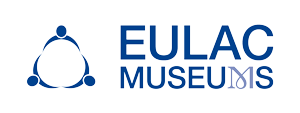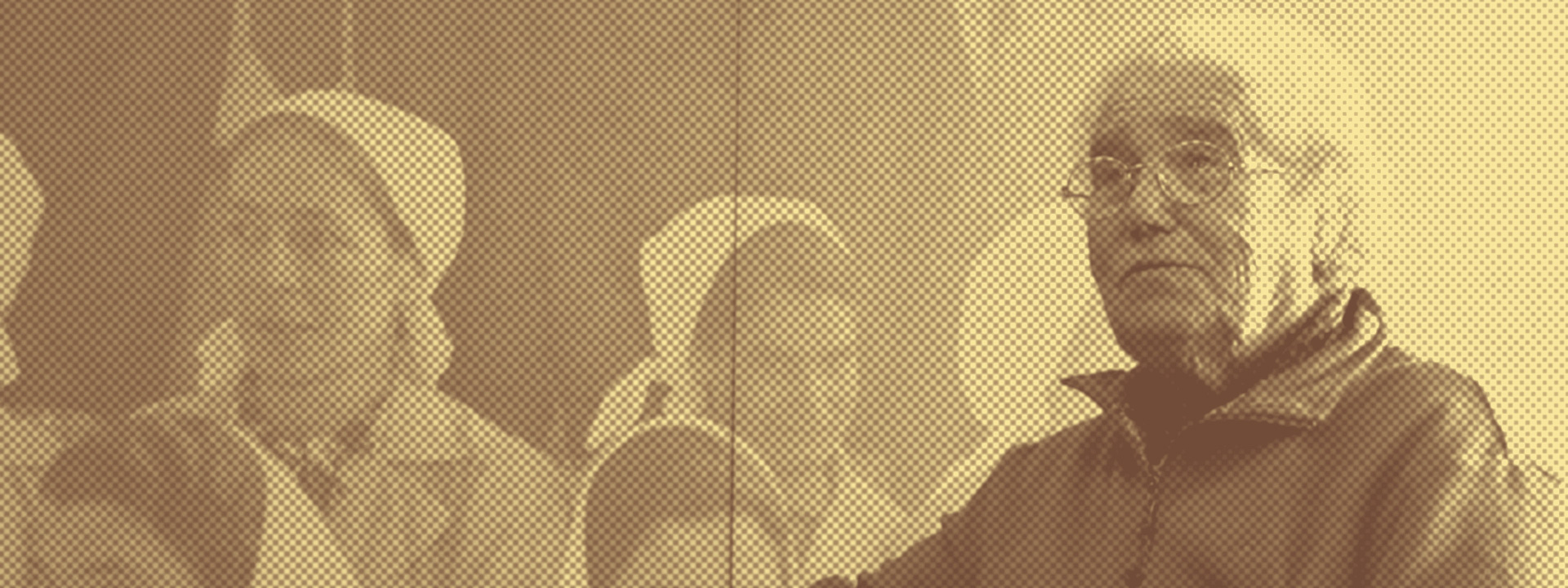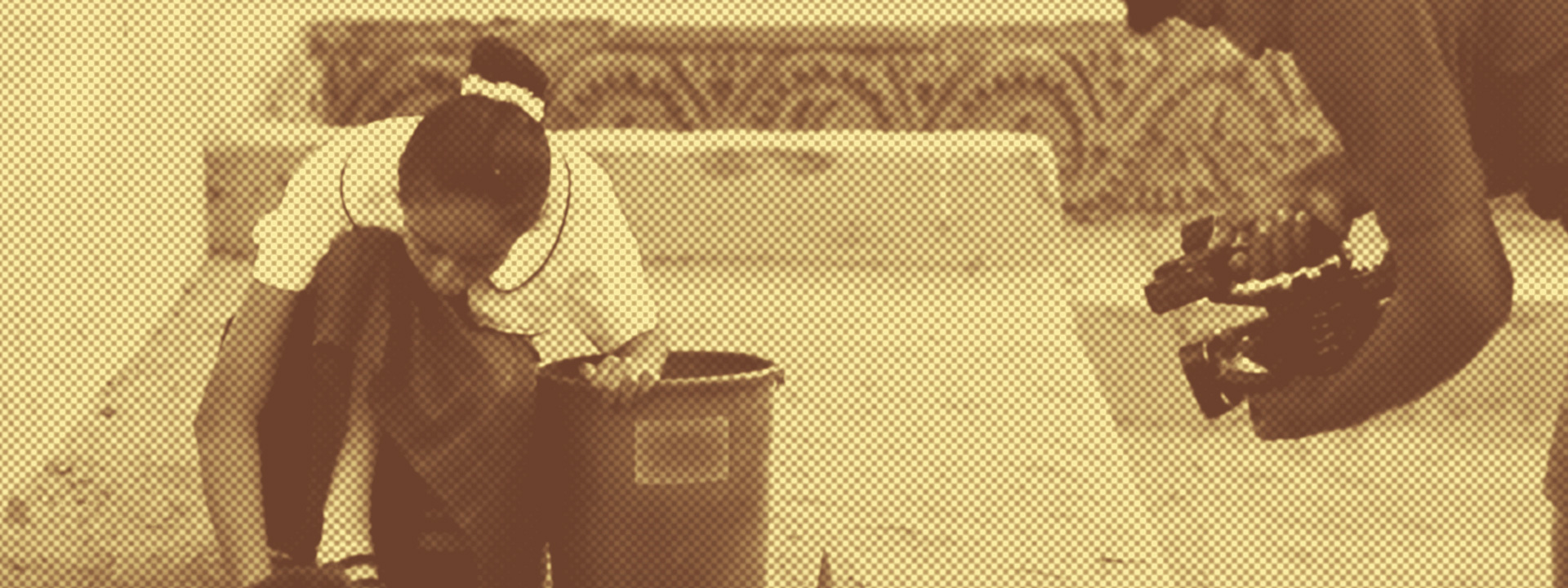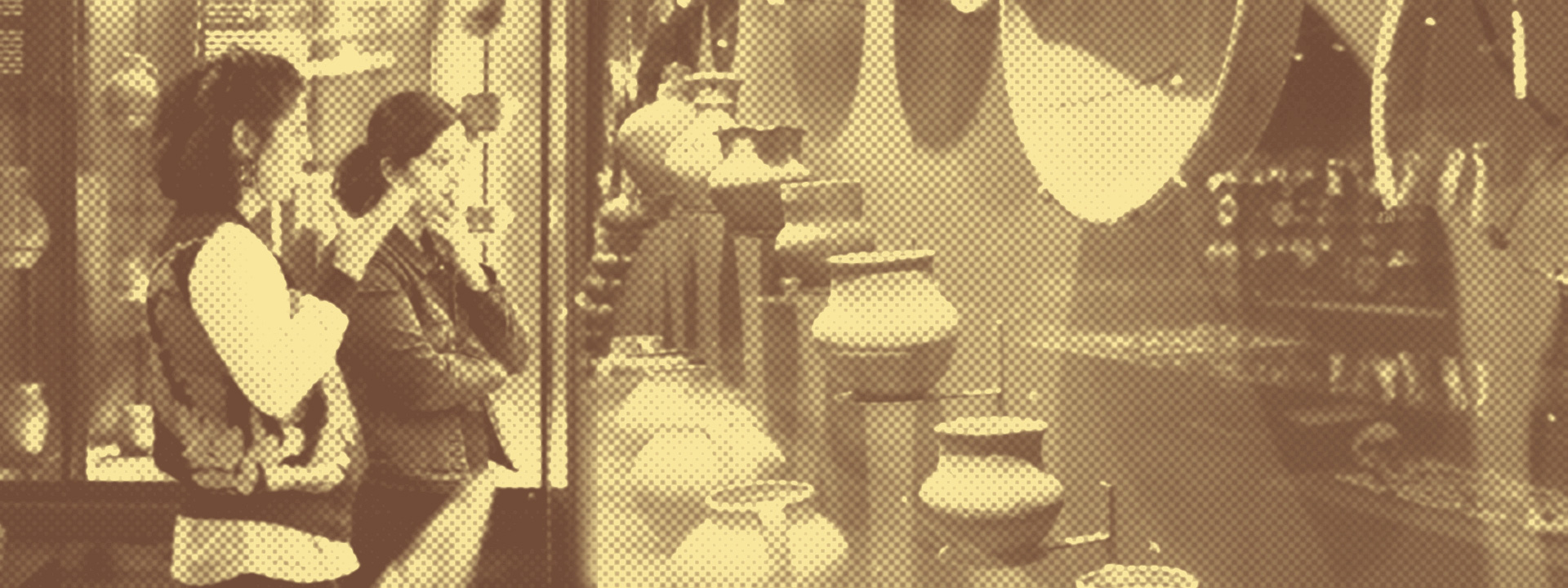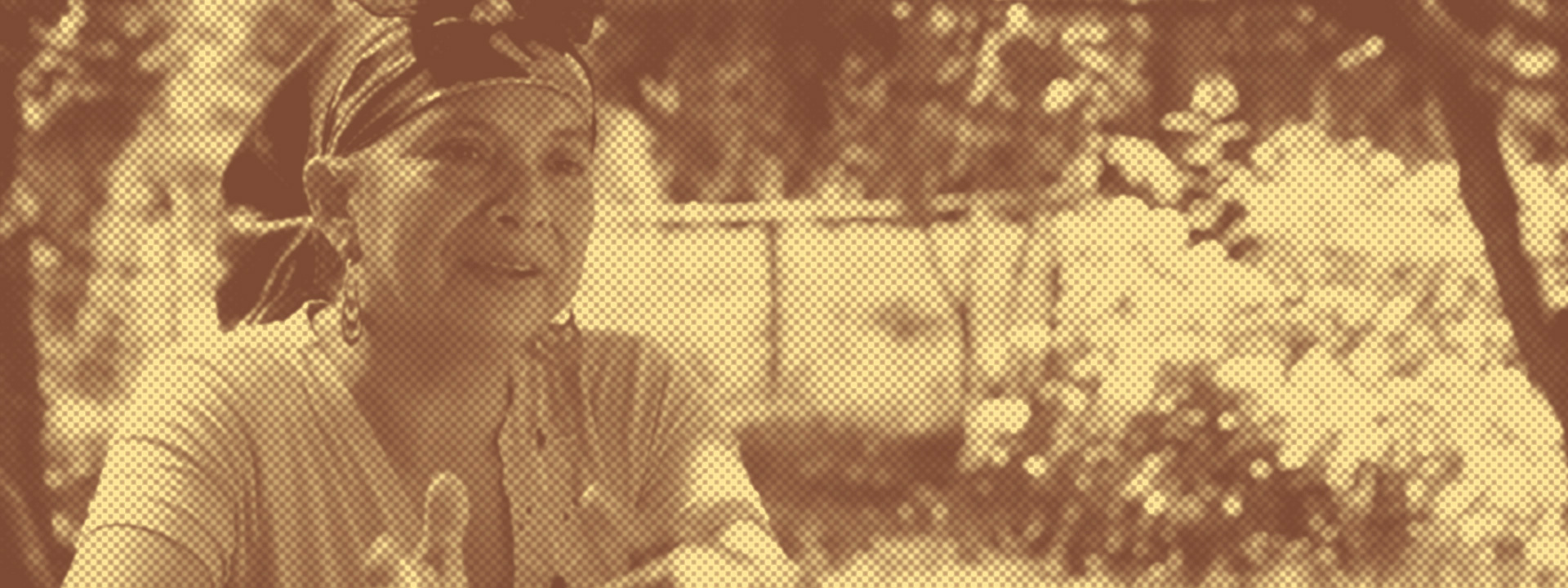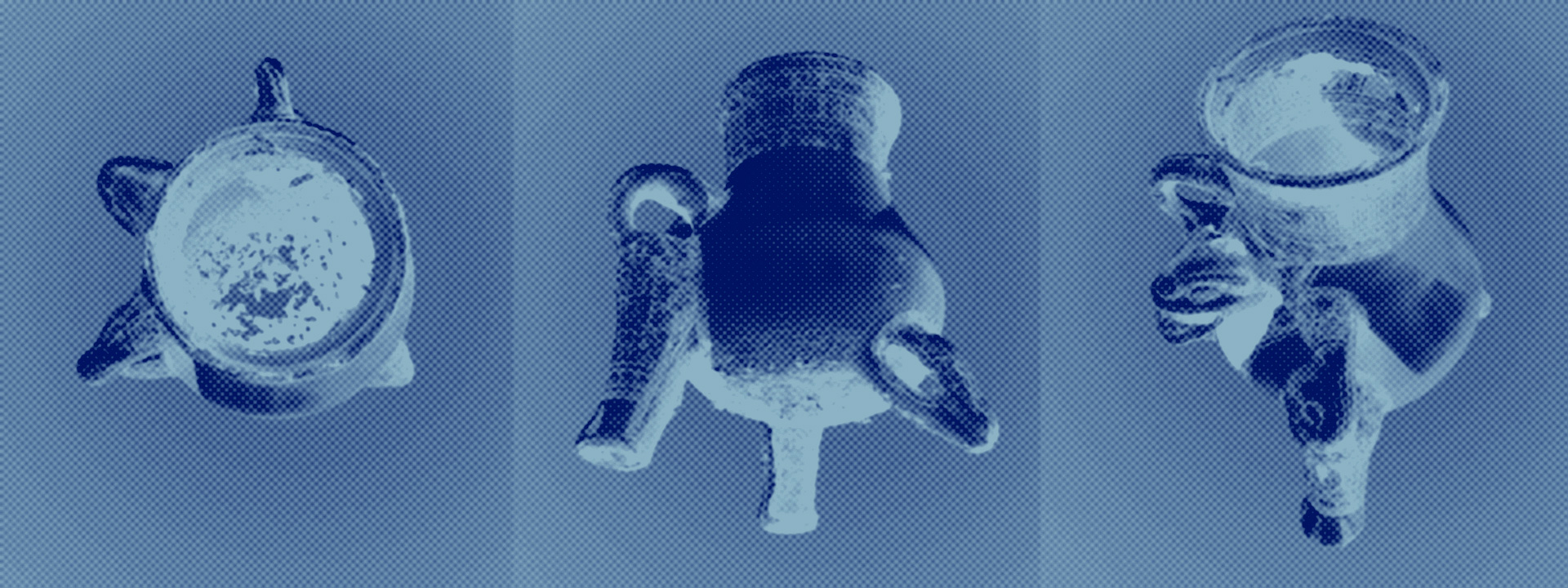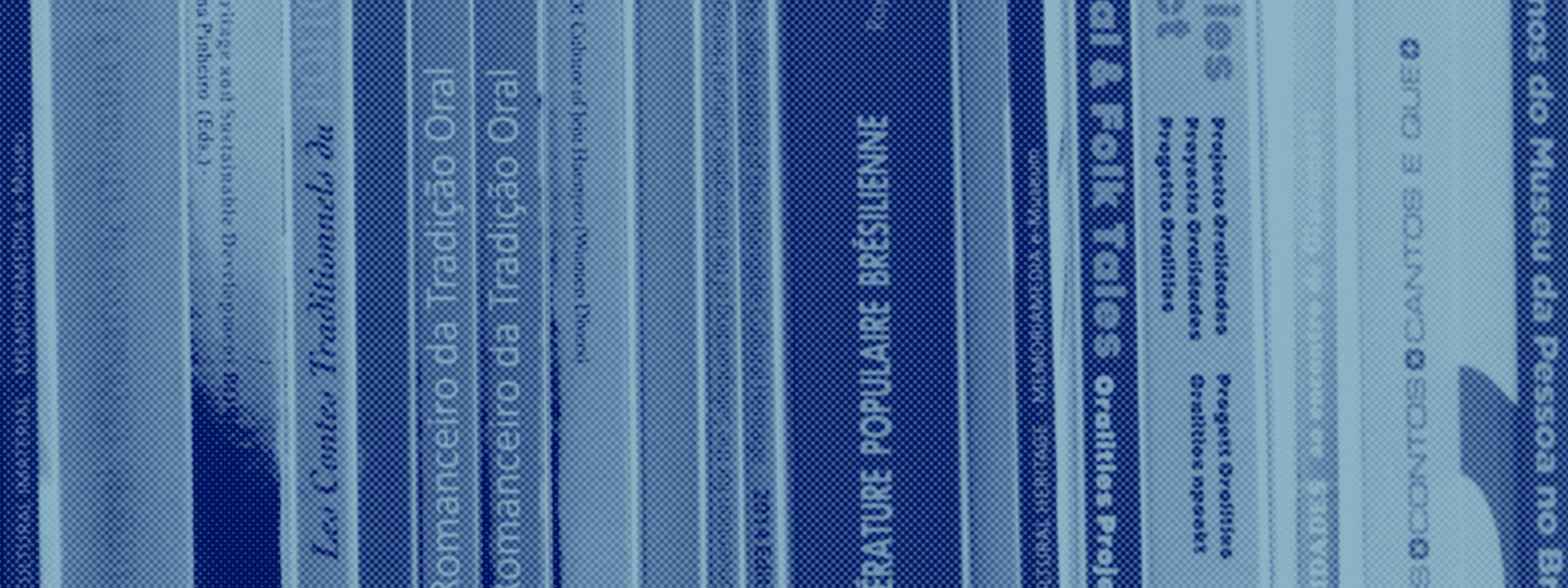On behalf of the project and its mentors ICOM Europe and ICOM Latin America and the Caribbean, our best thoughts go out first and foremost to the families losing loved ones too soon or facing personal difficulties, to the governments dealing with rapid change, and to the medical professionals who are responding so heroically to the pandemic.
The museum world is now facing its own crisis with future funding and infrastructure at risk and difficult decisions to be made at all levels. And yet, the experience of our project has shown that museums are more than traditional buildings, collections and established curatorial practices, having value for social, cultural, and environmental as well as economic development. These are the values that we can look to at a time like this, when communities need to work together more than ever for the greater good, allowing the museum as an institution to adapt and become what it needs to be in times of crisis, whether a distribution centre, a care facility, or whatever else the community may need.
As a consortium of museum researchers, practitioners, and policy makers facing the unprecedented global situation around Covid-19, we take this moment to reflect on the role of museum communities and community museums in the world, as experienced through our Horizon 2020 project EU-LAC Museums.
On behalf of the project and its mentors ICOM Europe and ICOM Latin America and the Caribbean, our best thoughts go out first and foremost to the families losing loved ones too soon or facing personal difficulties, to the governments dealing with rapid change, and to the medical professionals who are responding so heroically to the pandemic.
The museum world is now facing its own crisis with future funding and infrastructure at risk and difficult decisions to be made at all levels [See here the ICOM’s website statement]. And yet, the experience of our project has shown that museums are more than traditional buildings, collections and established curatorial practices, having value for social, cultural, and environmental as well as economic development [Download here the new ICOM Resolution]. These are the values that we can look to at a time like this, when communities need to work together more than ever for the greater good, allowing the museum as an institution to adapt and become what it needs to be in times of crisis, whether a distribution centre, a care facility, or whatever else the community may need.
In the years of its existence, EU-LAC Museums has weathered a number of difficult circumstances, including the El Niño in Peru in 2017, the hurricanes in Costa Rica and the Caribbean in 2017, the civil unrest in Chile in 2019, and now the lastminute cancellation of our final General Assembly in Costa Rica owing to Coronavirus. Today, communities are in crisis, and through this situation we will continue to demonstrate through our research and collective action how, through relationships with community museums and local leaders we can work together to overcome difficulties and demonstrate resilience.
Karen Brown, EU-LAC Museums Coordinator
Luís Raposo, President of ICOM Europe
Beatrice Espinoza, President of ICOM Latin America and the Caribbean
